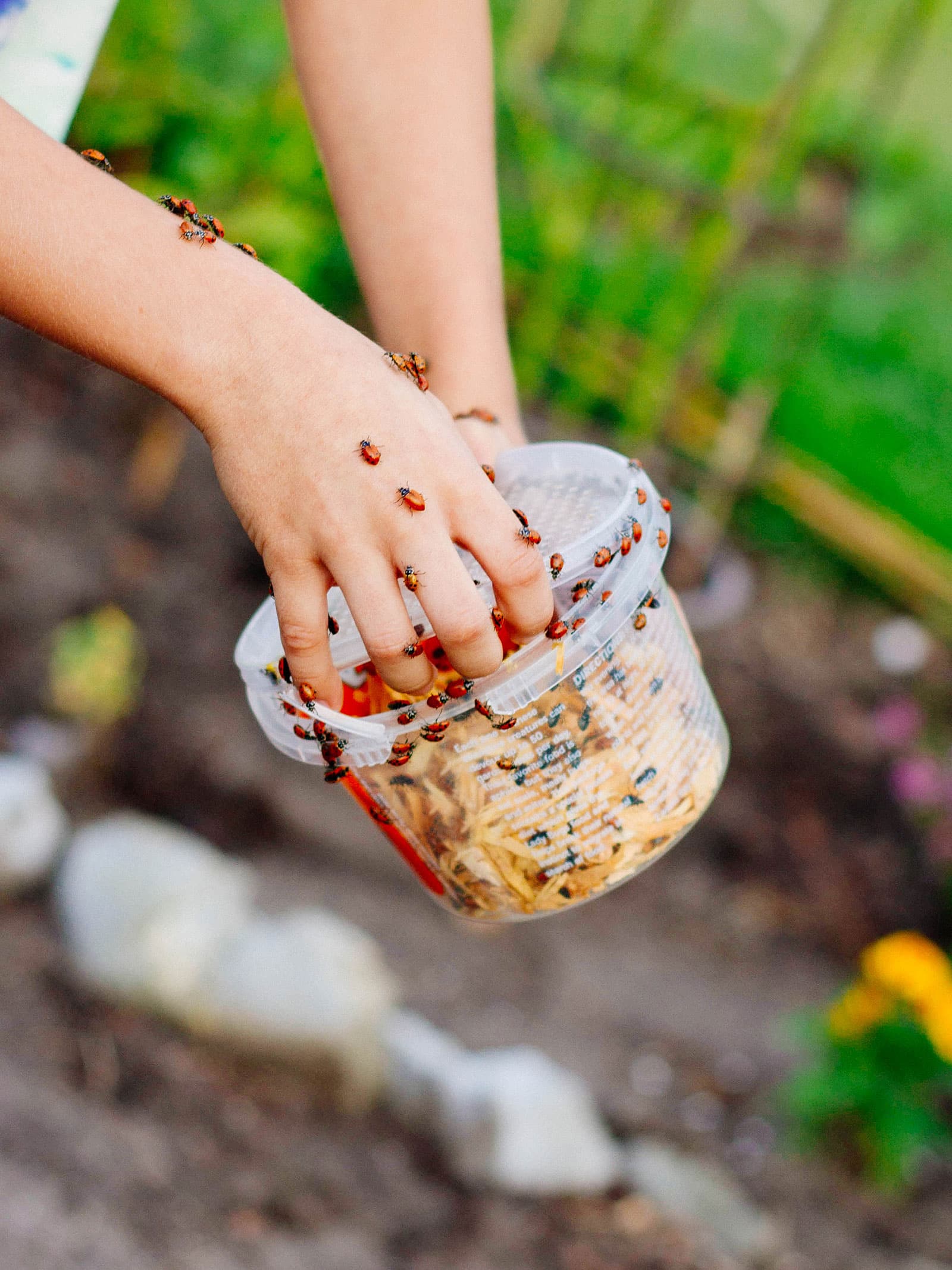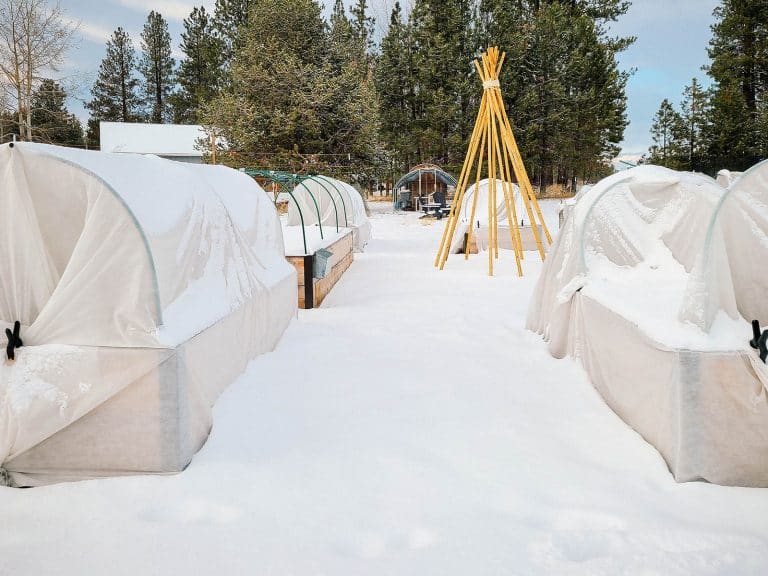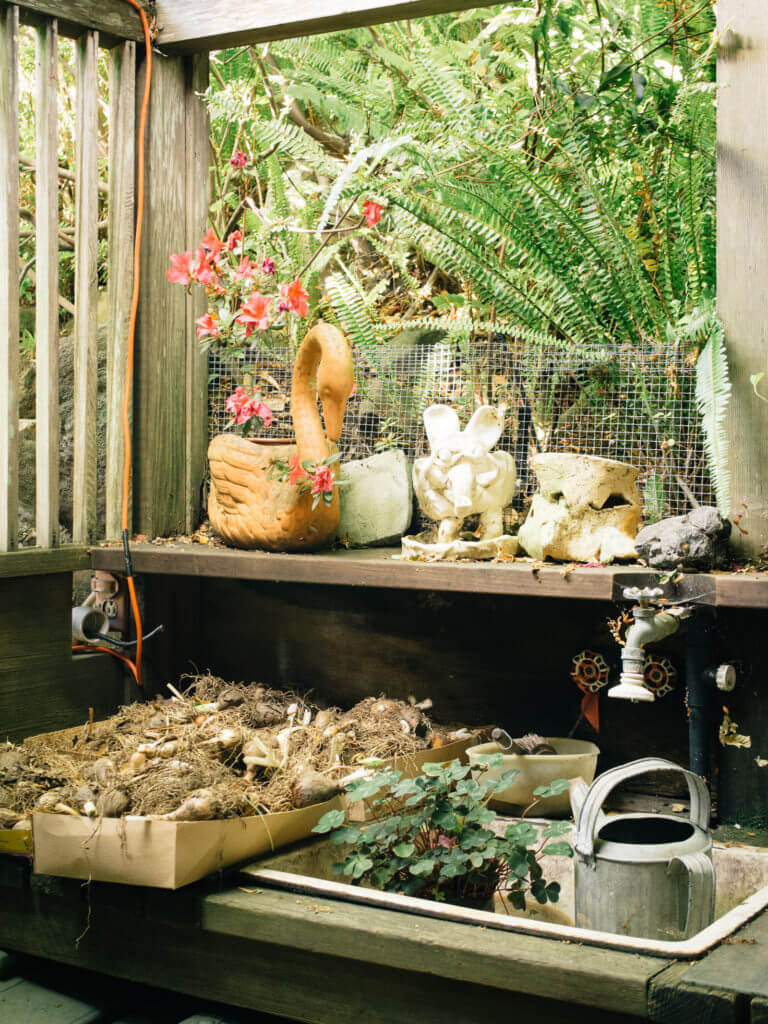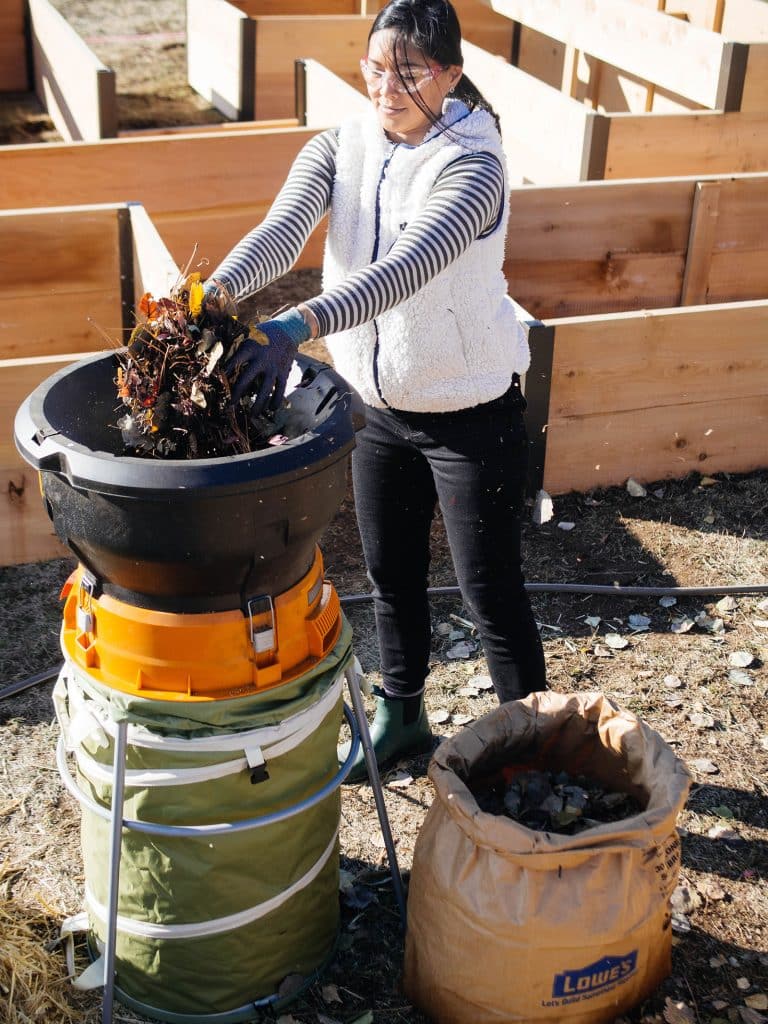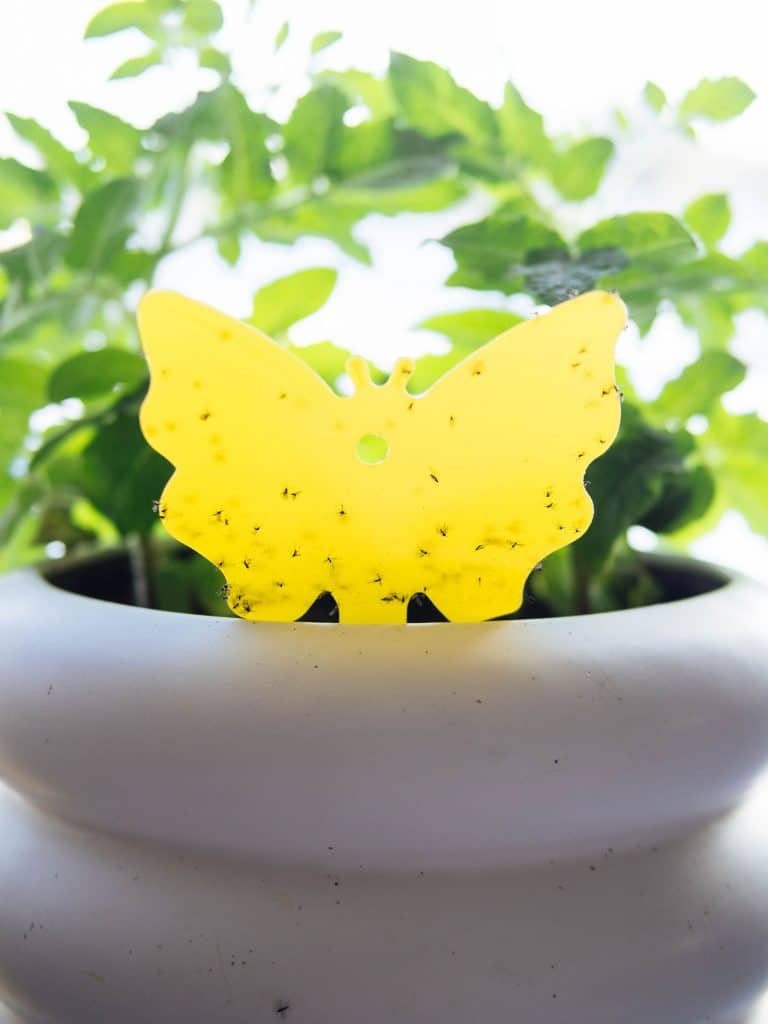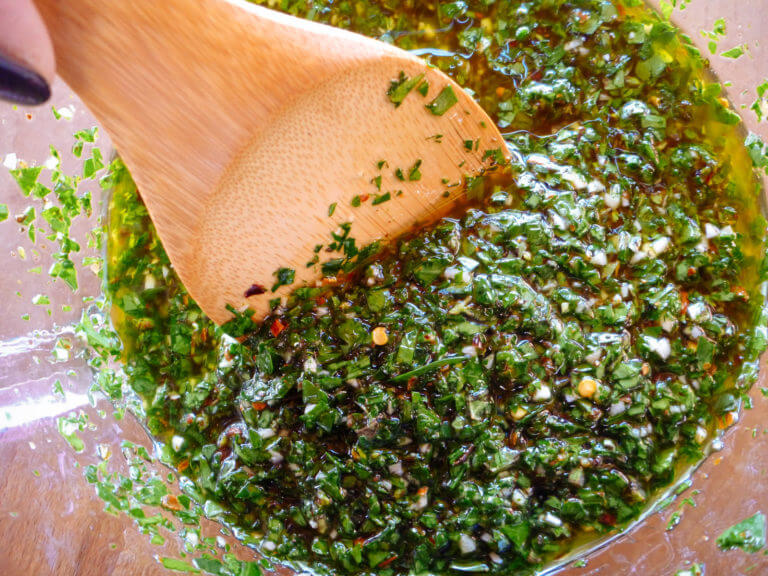I’ve written before about attracting ladybugs to your yard—it isn’t difficult, though it does take some planning and time to build the kind of biodiversity that draws them in (and keeps them around).
Sometimes, if you’d rather not wait for ladybugs to appear in your garden, it’s easier and faster to simply purchase them. Many garden centers and online suppliers sell live ladybugs that you can bring home and release into your yard.
But before you pay for that container of ladybugs, you should know the downsides of this seemingly innocuous practice.
Legal ladybug harvesting is a gray area
First, all commercial ladybugs are collected in the wild—a questionable trade complicated by lack of permitting, which means you’re probably (and innocently) buying poached ladybugs.
The most common collection sites in North America are on federal forest land in California. In the fall, they migrate to higher elevations. Winds carry them into the Sierra Nevada foothills, where they drop like rain into the forests and gather at the base of trees to hibernate.
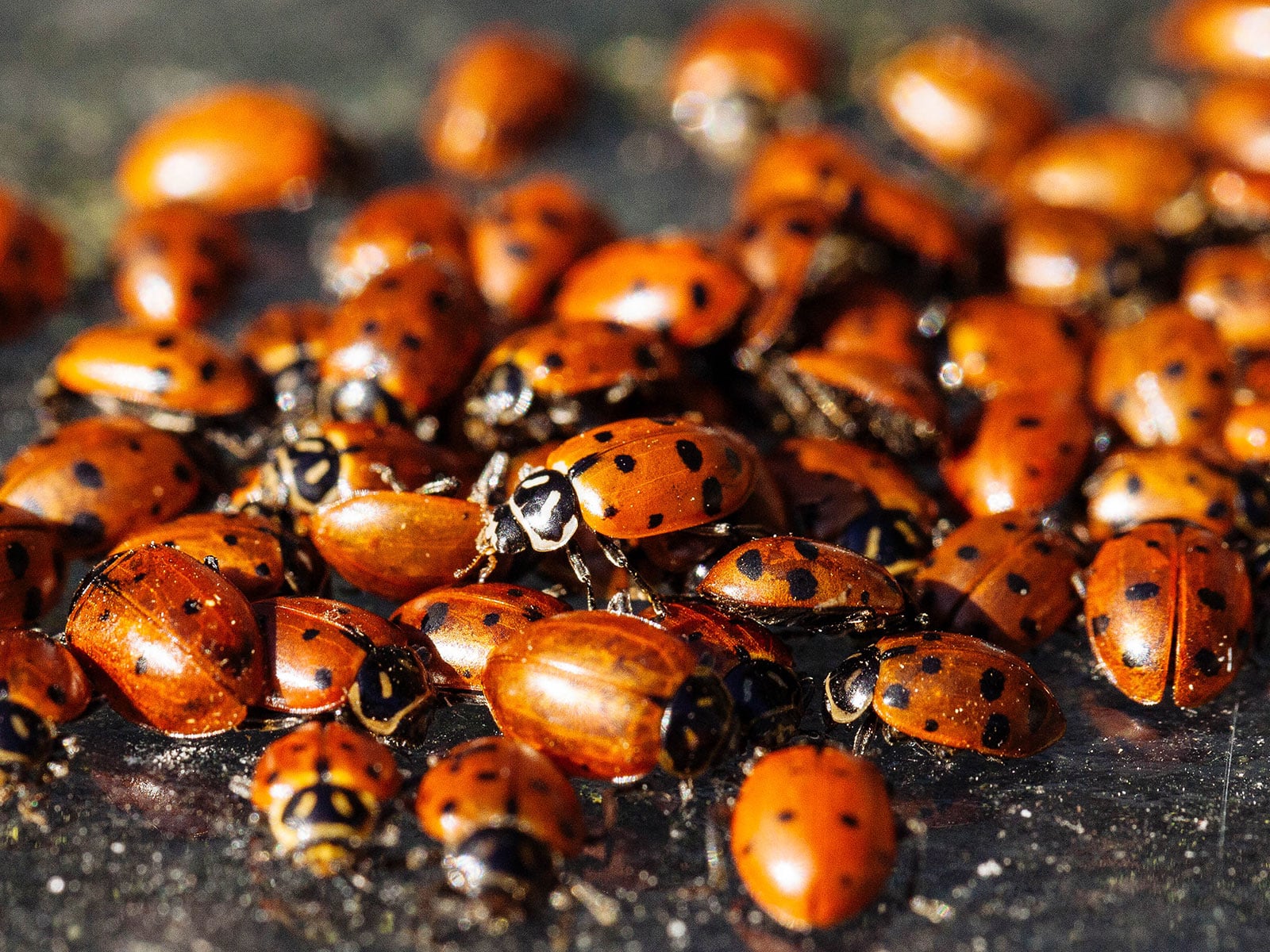
This makes it easy for ladybug hunters to harvest handfuls of ladybugs at a time; a good hunter can make $1,000 to $2,000 a day with his catch.
With how lucrative and unregulated the business is—plus skyrocketing demand from organic home growers—it’s unknown what kind of environmental impact collecting ladybugs in the wild has in the long run.
Think of it this way: What if somebody came and collected all the native bees in your community for shipment across the country?
Commercial ladybugs might not be native to your area
The most common ladybugs sold commercially are the convergent lady beetle (Hippodamia convergens), which is native to most of North America, and the Asian lady beetle (Harmonia axyridis), which is not native. Reputable suppliers will specify the species being sold, but some vendors (like those on Amazon) might not have this information.
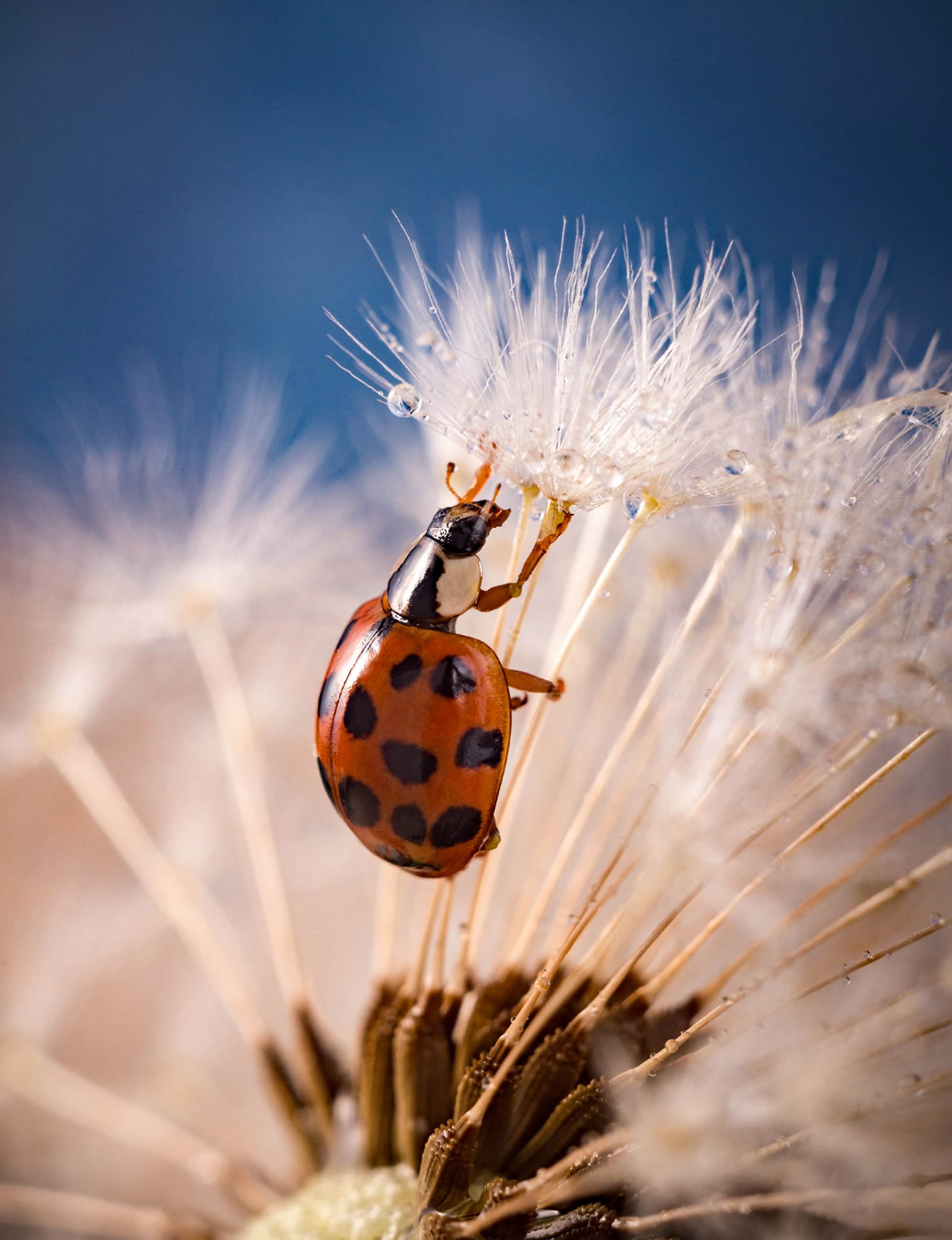
Another issue: store-bought ladybugs might have hitchhikers. There’s no way to know if harvested ladybugs could introduce new issues (like parasites and diseases) to your garden and local insect populations.
Ladybugs decline quickly if not handled properly
Live ladybugs need to be refrigerated until they’re released. Unfortunately, many garden centers display them at room temperature for hours at a time, where they’re often dehydrated.
If ladybugs aren’t given adequate water while they’re held in storage, chances are they won’t survive. So if you decide to buy ladybugs, try to buy them from a primary supplier (one who sources the beetles directly from the harvesters), as those ladybugs will usually be healthier than the ones held in stores for days or even weeks on the counter.
It takes more ladybugs than you think to control aphids
Ladybugs love to eat—the more the better. If all you have are a few plants infested with aphids, your newly released ladybugs will devour them all in a couple days before moving on to a different yard in search of food.
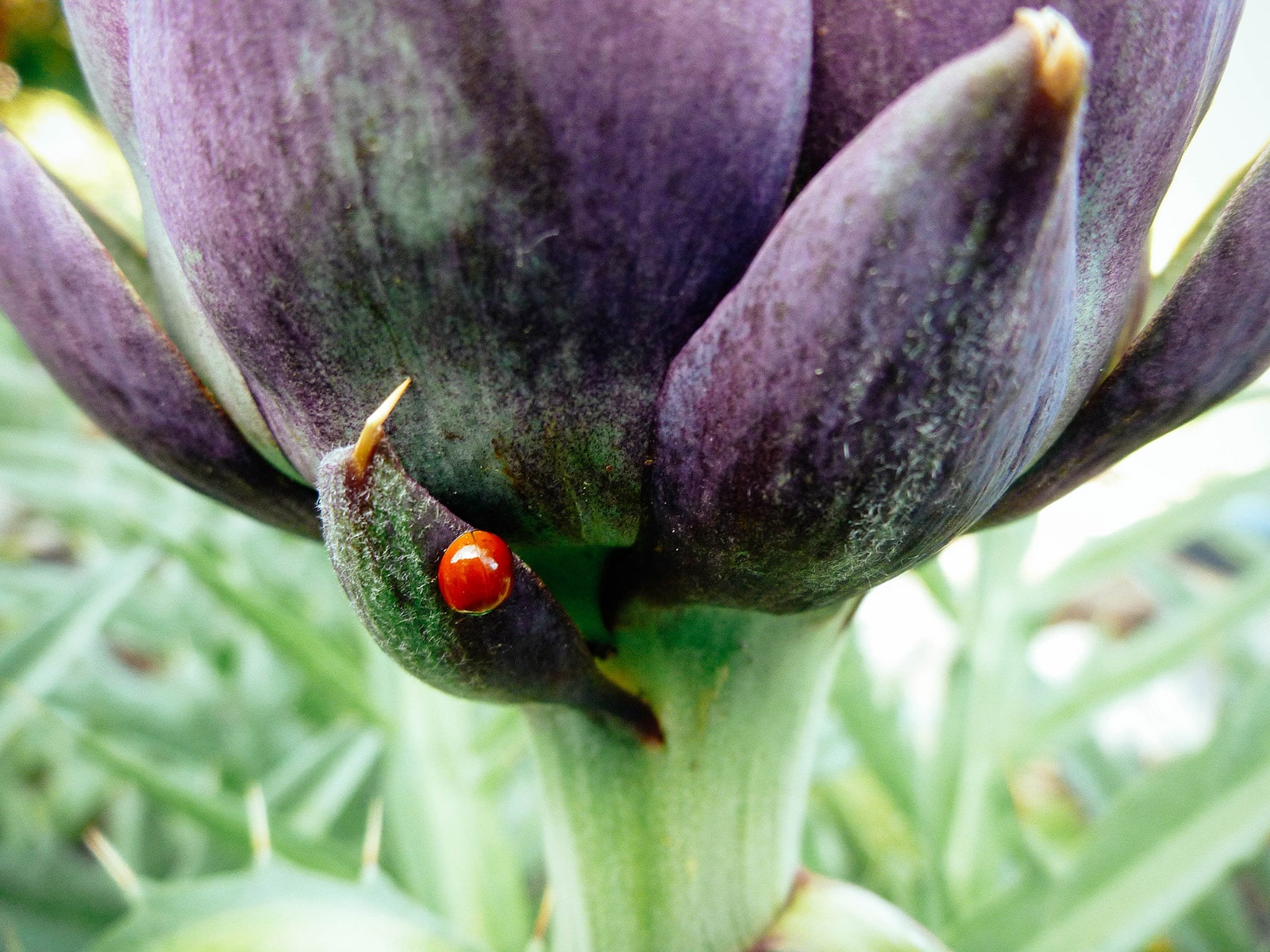
The convergent lady beetle (the kind usually sold in stores) feeds almost entirely on aphids, and won’t remain on plants with low aphid populations. That means it takes large numbers of commercial ladybugs to effectively control an aphid invasion throughout a home garden.
Most containers you buy have only enough ladybugs to treat a few small plants or one shrub. For a heavily infested shrub, you would need at least two applications of 1,500 ladybugs each, spaced a week apart to ensure some of them stick around.
Ladybugs are most effective when used indoors
Now that you know these beetles love to fly, it’s no surprise that the best way to make them stay is to release them inside a greenhouse.
Some of them may still escape, but your time, money, and efforts will go farther if you’re trying to control pests in an indoor environment.
How to properly release ladybugs in your backyard
If you’re still set on purchasing ladybugs, you need to release them properly to get the most benefit out of them.
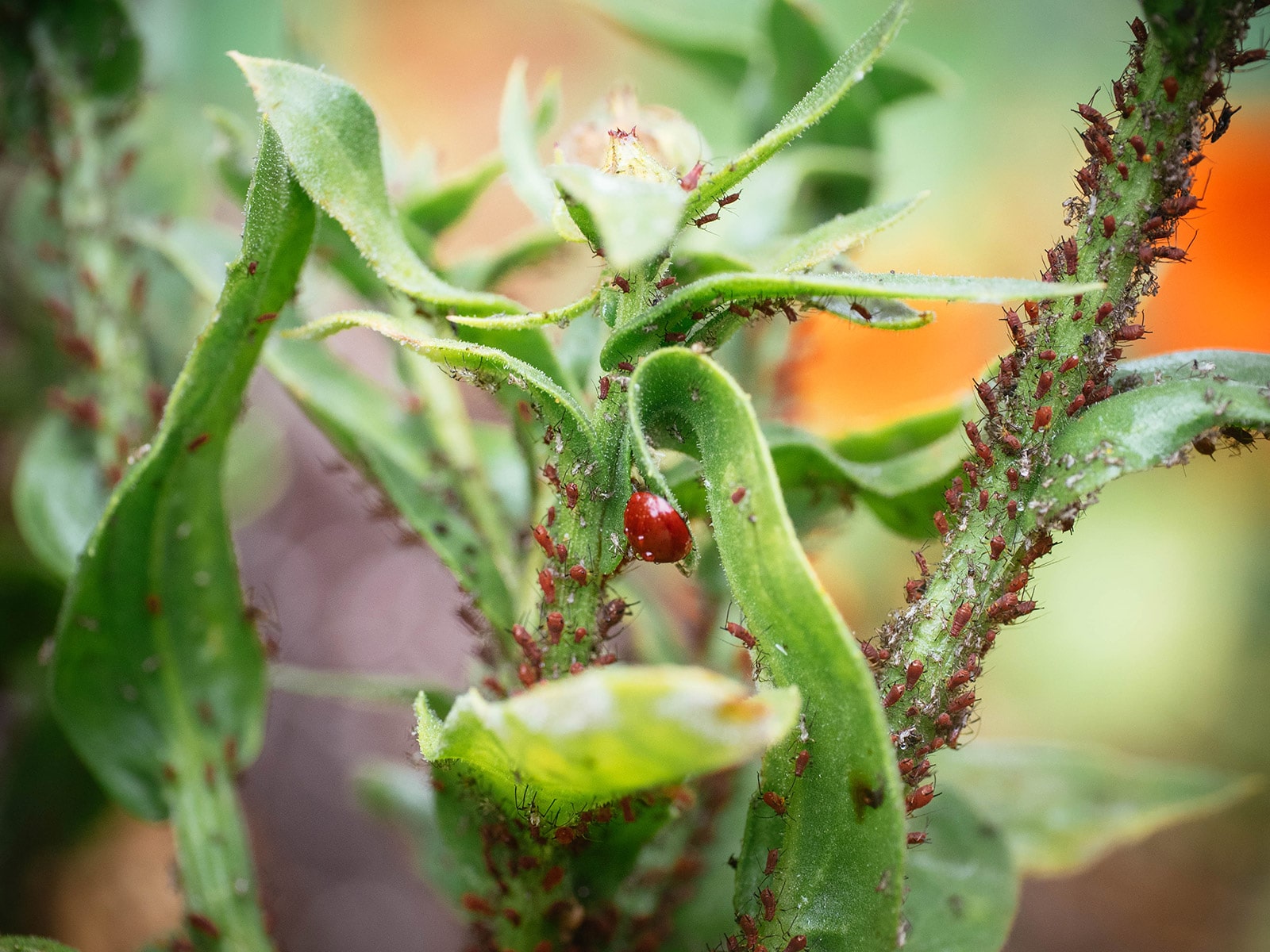
Most residential backyards can’t support the 1,000 or more ladybugs you just brought home, so any natural existing food sources are quickly depleted. Research has found that 95 percent of released ladybugs fly away within 48 hours, and the rest are gone in 4 or 5 days.
To improve the chances of those ladybugs hanging around:
- Release ladybugs at dusk or in the early evening. They’ll fly away almost immediately if released during the heat of the day or where the sun is shining.
- Spray a fine mist of water on your plants before release. Giving the beetles a drink may keep them around longer, as they’re likely parched from their journey.
- Have ladybug food ready. Ladybugs will arrive famished, so giving them an instant meal will encourage them to stay and look for more.
- Release them at the base of aphid-infested plants. Or, place them in the crotches of low branches. Ladybugs will crawl higher into the plants in search of aphids. But the lower they start out, the less likely they’ll fly away immediately. (And once they fly, they’ll often fly outside the boundaries of your garden, so it isn’t easy to get them back.)


